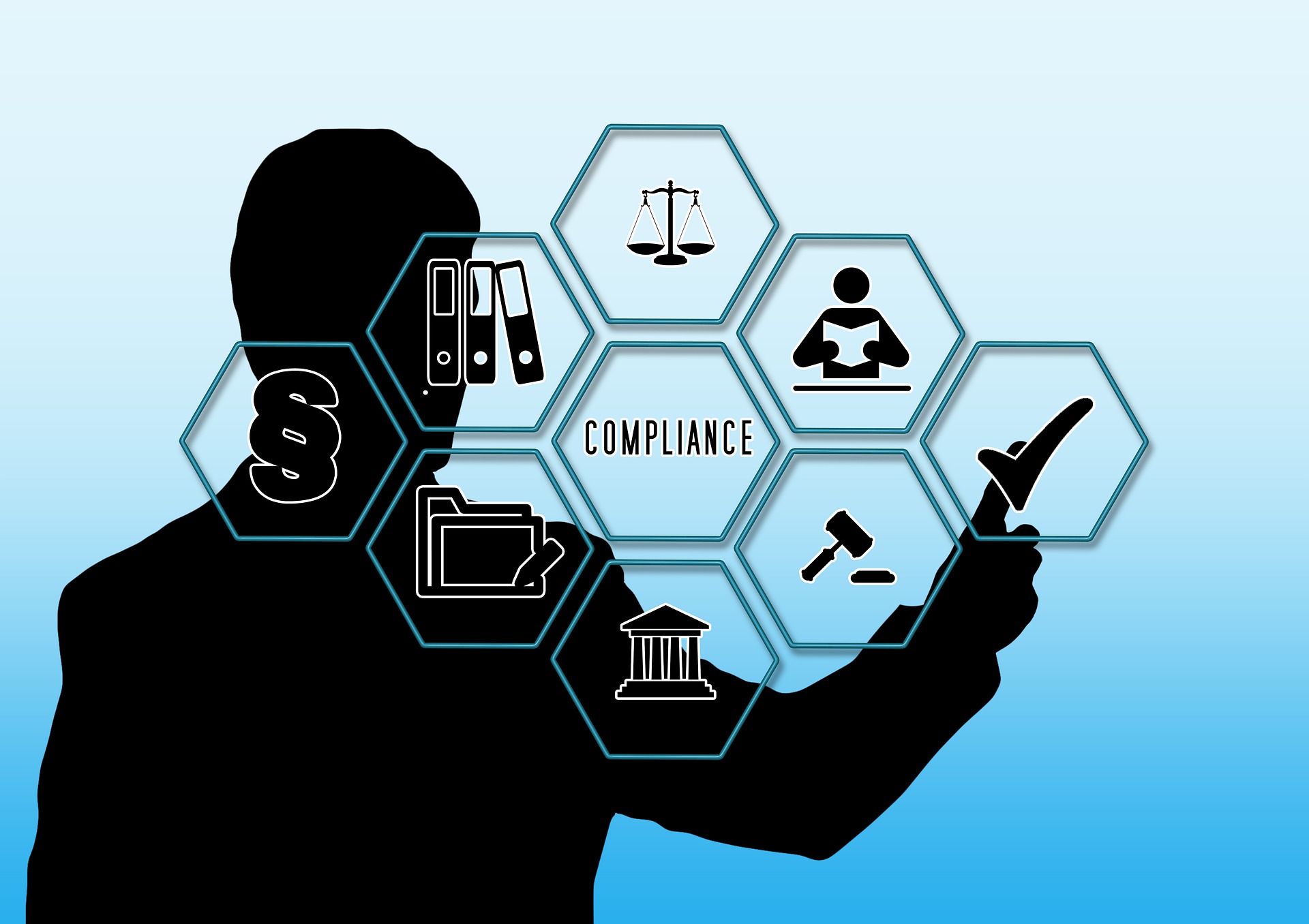Data Governance trends and dreams

Data Governance Trends and Dreams
By Laura Madsen on
Four years ago, in a fit of naivete, I decided to write a book about Data Governance. I wasn’t naïve about Data Governance – I was naïve about what that book would bring about. But, first, some background. After I left my corporate gig, I did a state-of-the-state in the data industry to get a broader understanding of where I left things when I went too heads-down (someday I’ll write about that). I found that Data Literacy was a magic pill (spoiler: it’s not) and Data Governance had not changed since Brandy and Monica were lyrically fighting about a boy. When I googled “Data Governance” I was shocked. The definition spanned an entire page – and there in that dark moment “Disrupting Data Governance” was borne.
Recently a client asked me what Data Governance would (or perhaps should) look like in 2025 and beyond. I started to think about that moment in 2018 and all that has transpired since then with Data Governance. I have always believed that history informs the future. And, after over two decades in data, I can tell you that what goes around comes around. The pendulum is busy swinging back and forth between centralized and decentralized functions of Data Management (from organizational structure and Data Architecture to Data Governance). I have busted out my Data Industry Tarot Cards: Let’s take a look at what the future holds, shall we?
As we continue to make progress in Data Governance, we will start to see more organizations adopt a modern approach to the management of data. We have to say goodbye to old-school methods of command and control. The data is too big and too fast for that. When I speak with organizations struggling to make that leap, their number one concern is regulations and compliance. Large fines are starting to make their way to the bottom line because of poor Data Management. As we see this shift, some organizations will double down on the command and control and, I think, at least for Data Governance, this is a mistake. No question there are big implications to doing this wrong but holding on tightly will just force a break in the weakest link. The strongest structures can bend, and so should your Data Governance framework.
Data Governance Trends
These are the trends I see will likely play out in the next 18 months as Data Governance ratchets up the top of the hype rollercoaster.
Data Governance Growth
Last week I saw an advertisement on LinkedIn Learning for a Data Governance course. Certainly, their algorithm picked up that I post a lot about Data Governance, but it is also a good indicator that it is an increasing topic of interest to people.
The hype will increase and probably reach a fever pitch around mid-2024. Driving a lot of that hype will be the big legislative changes that are happening across the globe, the marketing budgets of consulting firms and software vendors alike will increase, and organization-focused Data Literacy efforts will create demand for Data Governance. I recently read that Data Governance is predicted to be a $5.1 billion industry by 2025 – it won’t get there without hype.
Agile Data Governance
While there are lots of us out there advocating for an agile approach to DG, if the past is our best predictor, we will see this play out as the “less is more” version of agile. Rather than adopting the true principles of agile, many enterprises will see it as an opportunity to have less with more. It just doesn’t work that way. Yes, delivering interactive value requires small efforts – but several of them. The overall volume of the work doesn’t change, nor should the resources that are dedicated to it. The other destructive way I see agile concepts take hold is through agile dogma. I wish it were that simple, but there is no one right way to do anything. As a result, agile Data Governance will struggle to gain traction and demonstrate results.
Data Catalogs
The hype will drive an increase in purchases (not necessarily usage) of data catalogs. Great for vendors, bad for most DG efforts. The reality of the growth of Data Governance from $2-plus billion to over $5 billion will be built on purchases of software and services. Those kinds of numbers become a siren call for vendors. Rarely does buying software address the problem you’re having. Too often we get caught up in the checkbox activity of buying software and deploying it before we even know the problem we’re trying to solve. Data catalogs can help but only when you know what processes you have, who does them, when, and how often.
Data Protection
An increase on the focus of data protection will distract most Data Governance efforts to a significant extent. This is because the risk is real, in dollars. Fines are starting to get to the point where you can’t ignore these efforts, yet Data Governance is not where the accountability for data protection should be. I attended an information governance conference this week and in one amazing keynote Odia Kagan outlined the trends happening in the privacy world. It is, without question, a full-time job. Data protection will overwhelm the scope of Data Governance for many organizations.







